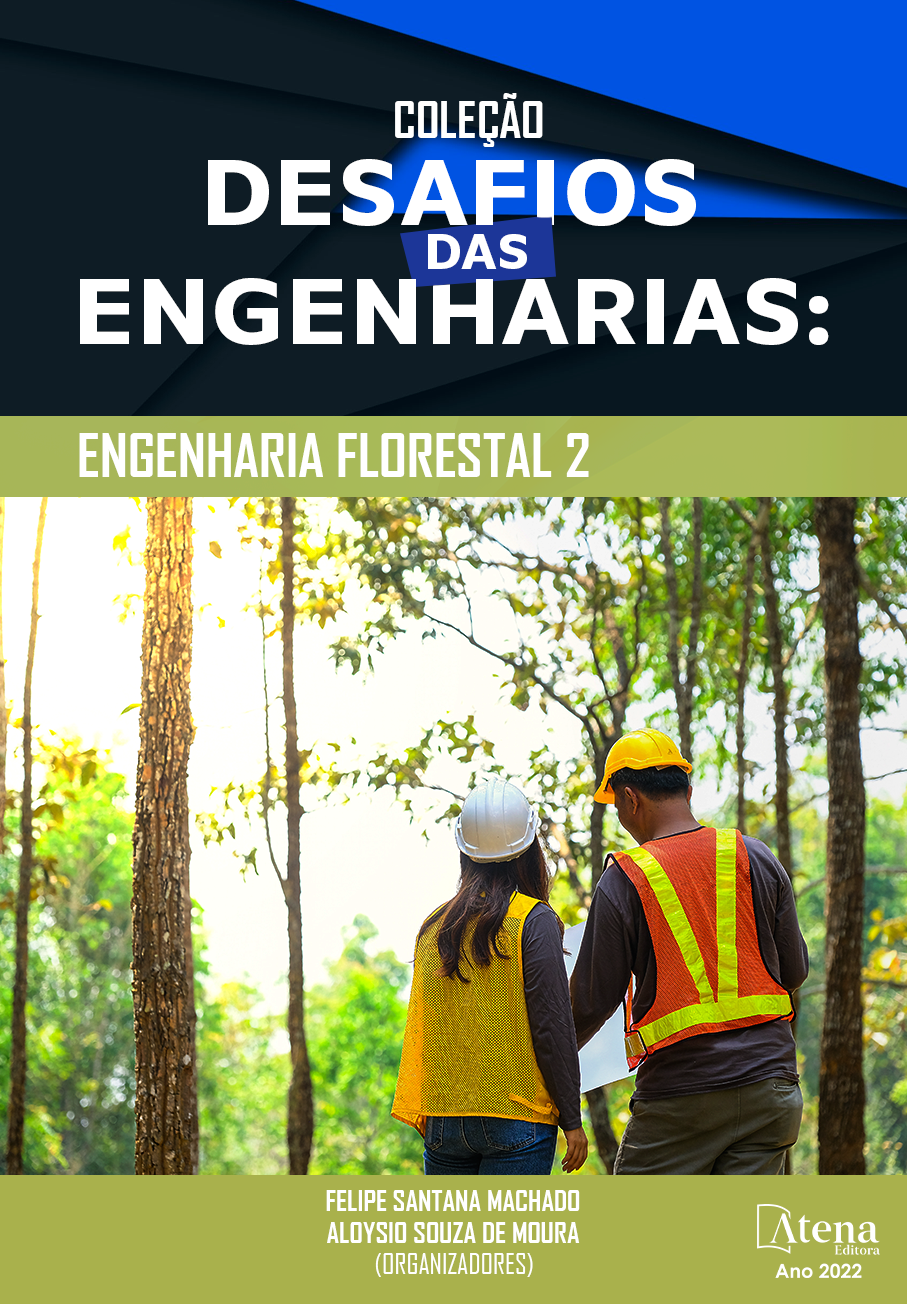
DINÂMICA DO CARBONO ORGÂNICO DO SOLO EM DIFERENTES ESTÁDIOS DE RESTAURAÇÃO FLORESTAL EM ÁREAS DE MINERAÇÃO DE BAUXITA NO BAIXO AMAZONAS
O objetivo do estudo foi quantificar os teores de carbono orgânico total e suas respectivas frações granulométricas e químicas em áreas sob diferentes tempos e métodos de restauração florestal após mineração de bauxita no Baixo Amazonas. O estudo foi realizado no município de Juruti (PA), localizado na Mesorregião do Baixo Amazonas. Foram selecionadas três áreas com diferentes tempos de restauração florestal e uma área de referência, a saber: A1: área reflorestada em 2018; A2: área reflorestada em 2015; A3: área reflorestada em 2012; e A4: área de Floresta. Em cada área amostral foram realizadas coletas de amostras para avaliação das propriedades químicas dos solos. As amostras deformadas foram coletadas nas profundidades de 0-0,05, 0,05-0,10, 0,10-0,20 m mediante a abertura de quatro mini trincheiras em cada área. Em cada mini trincheira foram retiradas três amostras simples por profundidades. As amostras foram homogeneizadas para formar uma amostra composta. As amostras foram secas ao ar e destorroadas, e passadas por peneiras de 2 mm para obtenção da terra fina seca ao ar. Neste material foram quantificados os teores de carbono orgânico total (COT), particulado (COp) e associado aos minerais (COam). Também foram quantificados os teores de carbono das frações ácido fúlvico (C-FAF), ácido húmico (C-FAH) e humina (C-HUM). Na profundidade de 0-0,05 m, na área A4 (floresta) foram quantificados os maiores teores de COT, COam, C-FAH e C-HUM; já na profundidade de 0,10-0,20 m, na área A1 (restauração mais recente) foram observados os maiores teores de COT, COp, COam, C-FAF, C-FAH e C-HUM. Concluiu-se que o processo de restauração florestal nas áreas mineradas, utilizando o método de nucleação, foi capaz de manter e/ou elevar os teores de carbono orgânico total e de suas respectivas frações orgânicas físicas e químicas.
DINÂMICA DO CARBONO ORGÂNICO DO SOLO EM DIFERENTES ESTÁDIOS DE RESTAURAÇÃO FLORESTAL EM ÁREAS DE MINERAÇÃO DE BAUXITA NO BAIXO AMAZONAS
-
DOI: 10.22533/at.ed.5822208028
-
Palavras-chave: Degradação do solo; Amazônia; Nucleação
-
Keywords: Soil degradation; Amazon; Nucleation
-
Abstract:
The objective of the study was to quantify the contents of total organic carbon and their respective granulometric and chemical fractions in areas under different times and methods of forest restoration after bauxite mining in the Lower Amazon. The study was carried out in the municipality of Juruti (PA), located in the Lower Amazon Mesoregion. Three areas with different forest restoration times and a reference area were selected, namely: A1: area reforested in 2018; A2: area reforested in 2015; A3: area reforested in 2012; and A4: Forest area (A4). In each sample area, soil was collected to verify the chemical properties of the soils. Undisturbed soil samples were collected at depths of 0-0.05, 0.05-0.10, 0.10-0.20 m by opening four mini trenches in each area. In each mini trench, three simple samples were taken by depth. The samples were homogenized to form a composite sample. The samples were air-dried and crushed, and passed through 2 mm sieves to obtain air-dried fine earth. In this material, total organic carbon (TOC), particulate (COp) and associated with minerals (COam) contents were quantified. The carbon contents of the fulvic acid (C-FAF), humic acid (C-FAH) and humin (C-HUM) fractions were also quantified. At a depth of 0-0.05 m, in area A4 (forest) the highest levels of TOC, COam, C-FAH and C-HUM were quantified; at a depth of 0.10-0.20 m, in area A1 (most recent restoration) the highest levels of TOC, COp, COam, C-FAF, C-FAH and C-HUM were observed. It was concluded that the forest restoration process in the mined areas, using the nucleation method, was able to maintain and/or increase the levels of total organic carbon and their respective physical and chemical organic fractions.
-
Número de páginas: 14
- Celeste Queiroz Rossi
- Dayse Drielly Souza Santana Vieira
- Marcos Gervasio Pereira
- Luiz Alberto da Silva Rodrigues Pinto
- Andreysse Castro Vieira
- Ingrid Souza de Andrade
- Inês Ariane de Paiva Câncio
- Frances Marques Moreira
- Rebeca Laís Cancio dos Santos
- Damares Azevedo da Silva
- Yves Caroline Andrade dos Santos
- Jonathan Correa Vieira


